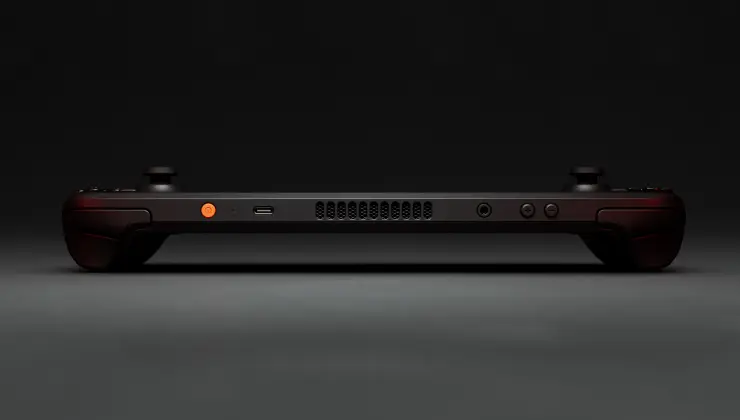- cross-posted to:
- [email protected]
- [email protected]
- cross-posted to:
- [email protected]
- [email protected]
The exact quote:
It is important to us, and we’ve tried to be really clear, we are not doing the yearly cadence. We’re not going to do a bump every year. There’s no reason to do that. And, honestly, from our perspective, that’s kind of not really fair to your customers to come out with something so soon that’s only incrementally better. So we really do want to wait for a generational leap in compute without sacrificing battery life before we ship the real second generation of Steam Deck. But it is something that we’re excited about and we’re working on.



Just to add as we are discussing mainly ARM vs x86 now… that is just a small part of the whole device. Just look at the SD OLED vs LCD. They managed to have OLED screen that is significantly better than the LCD one while using less power on AVG which is a huge deal to battery life and it either allows you to compensate with more power to SOC to achieve better performance at the same battery life or take the saving and go with higher battery life… and that’s just screen.
Then they optimized the PCB layout, PCB components, etc… to get both better cooling and efficiency.
I think that what is currently holding them back is both the SOC available and the actual efficiency of given parts combined. Getting improvement in both areas at once will lead to a significant change but one or the other alone will not tip the scales towards significant upgrade.